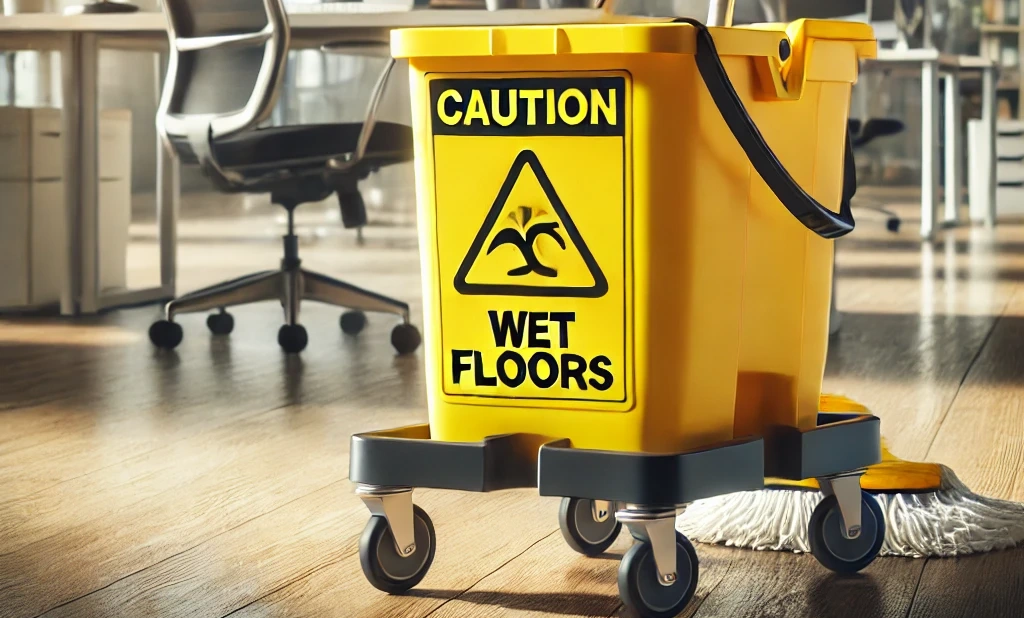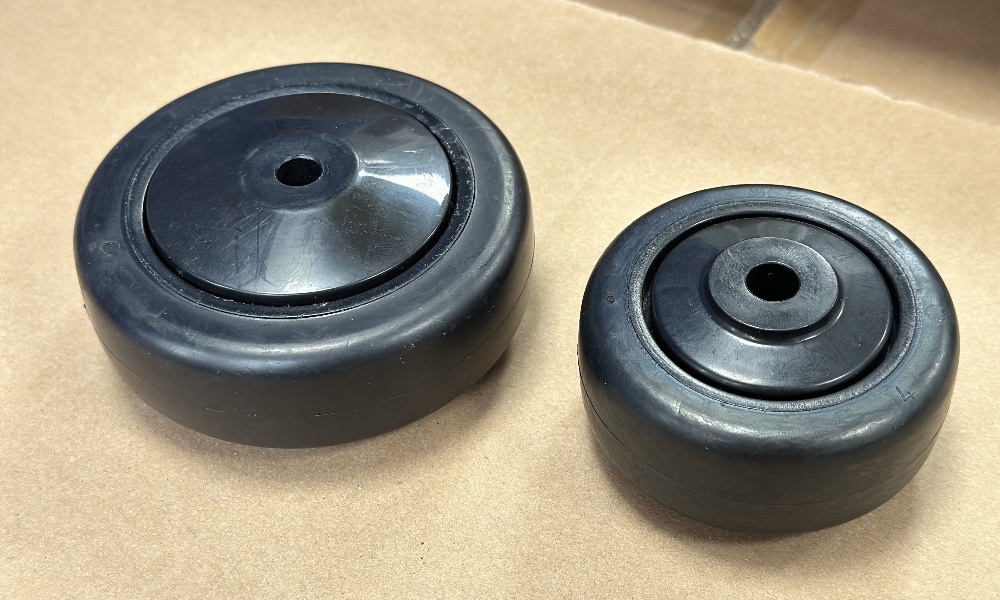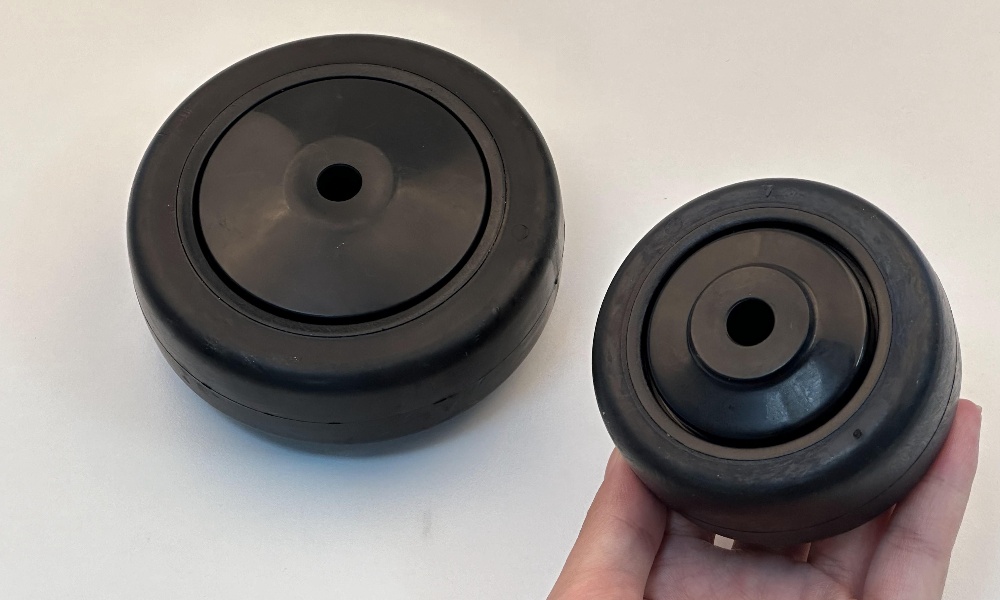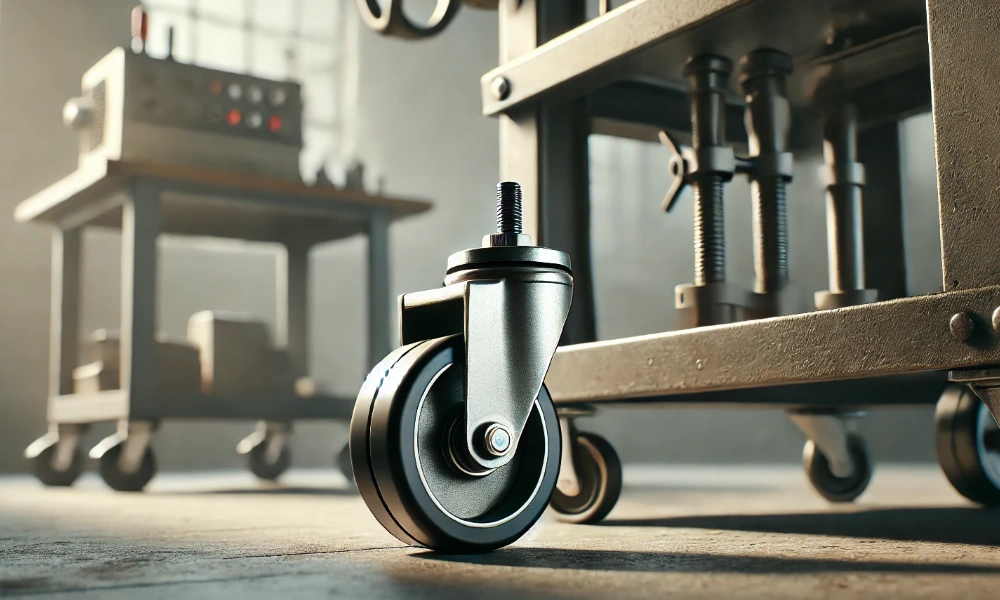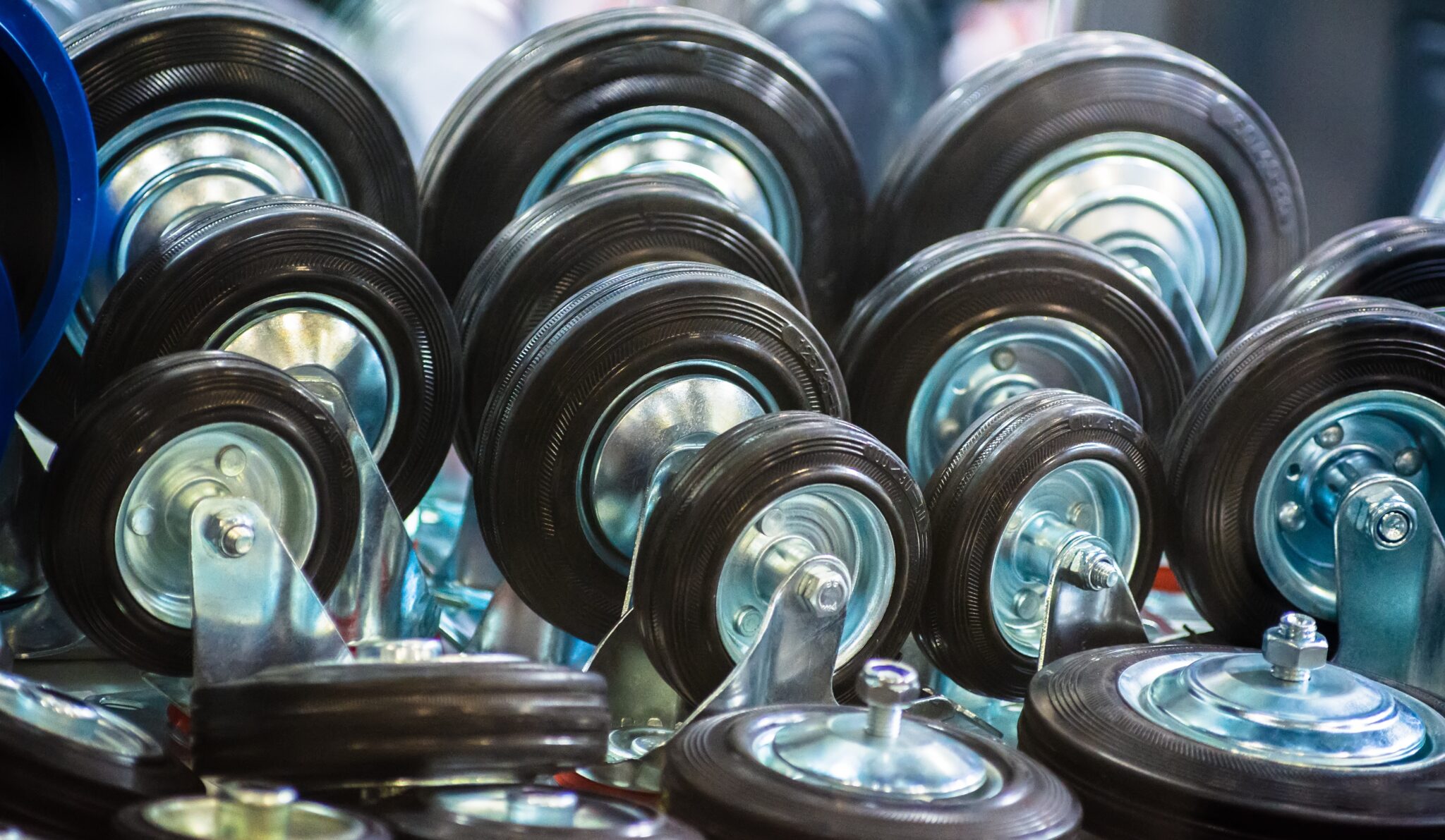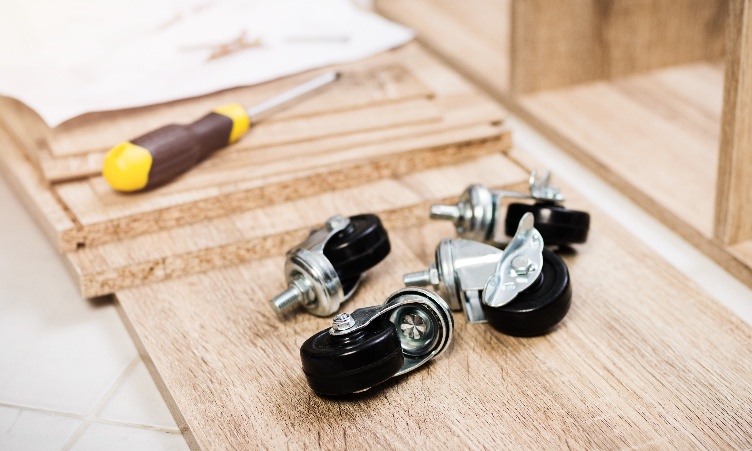6 Reasons Commodity Casters Are Sabotaging Your Material Handling Carts
In material handling systems, the effectiveness of your carts is only as good as the casters that support them. While commodity casters might appear to be a budget-friendly option, they often introduce a range of problems that can undermine the performance and safety of your material handling carts. Here’s a closer look at why commodity casters can be detrimental and what to consider for optimal results:
1. Inconsistent Quality Control of Casters
Commodity casters frequently suffer from inconsistent manufacturing standards. Unlike specialized casters designed for industrial use, commodity options might not adhere to rigorous quality control processes. This inconsistency can lead to variations in performance, such as uneven rolling and increased failure rates, which ultimately affect operational efficiency.
2. Insufficient Load Capacity of Casters
Many commodity casters are not engineered to withstand the heavy loads typical in industrial environments. Selecting casters with inadequate load-bearing capacity can lead to premature failure, structural damage, and increased maintenance requirements. It is essential to choose casters with load ratings that match or exceed your operational demands to ensure safety and longevity.
3. Subpar Material Construction
Commodity casters often use lower-grade materials that are not suited for demanding conditions. For example, casters made from cheaper plastics or metals may degrade faster under stress, heat, or exposure to chemicals. Investing in casters made from high-quality materials such as hardened steel or high-grade thermoplastics can provide better resistance to wear and tear, extending the service life of your equipment.
4. Reduced Maneuverability and Precision
The performance of commodity casters in terms of swivel action and rolling precision is often suboptimal. Poorly designed casters may have issues with smooth rotation and steering, leading to difficulties in maneuvering and increased operator fatigue. High-quality casters feature precision bearings and advanced swivel mechanisms that enhance maneuverability, making it easier to handle carts in tight or complex environments.

5. Excessive Noise and Vibration
Inferior casters can generate significant noise and vibrations, which not only disrupt the working environment but also indicate potential problems with caster performance. Excessive noise can be a sign of misalignment or poor bearing quality, which may affect the overall efficiency of your material handling operations. Opting for casters designed for quiet and smooth operation can improve workplace comfort and productivity.
6. Increased Total Cost of Ownership
While commodity casters may have a lower upfront cost, their frequent replacement, maintenance needs, and potential downtime can lead to higher total costs over time. Investing in high-quality, durable casters may involve a higher initial investment but can result in lower long-term costs due to reduced replacement frequency and lower maintenance requirements.
How to Get the Most Out of Your Casters
Choosing the right casters for your material handling carts is crucial to maximizing performance and efficiency. Here are some key considerations:
1. Assess Load Requirements of Casters
Start by determining the maximum load that each caster will need to support. Ensure the casters you choose have a load rating that comfortably exceeds the maximum weight of your cart and its contents. This helps prevent premature wear and ensures safe operation.
2. Select the Appropriate Casters Material
Casters come in various materials, each suited for different environments. For instance, heavy-duty steel casters are ideal for high-load conditions, while polyurethane casters are better for protecting floors and providing smoother movement. Consider your environment—whether it’s industrial, cleanroom, or sensitive to floor damage—to choose the right material.
3. Consider Wheel Size and Type
Larger wheels generally roll more easily over obstacles and provide better load distribution. Additionally, consider the type of wheel, such as pneumatic for shock absorption or solid for durability in rugged conditions. Choose a wheel size and type that matches your operational needs for smoother and more efficient cart movement.
4. Evaluate Swivel and Braking Mechanisms
The ability of casters to swivel smoothly and the presence of effective braking mechanisms are essential for maneuverability and safety. Look for casters with precision ball bearings and reliable swivel action. Ensure that the casters have strong brakes if your carts need to be stationary frequently or on inclines.
5. Prioritize Quality and Durability
Investing in high-quality casters pays off in the long run. High-quality casters offer better performance, longer lifespan, and reduced maintenance needs compared to lower-grade options. Evaluate the manufacturer’s reputation and warranty to ensure you’re choosing reliable products.
By carefully evaluating these factors and choosing the right casters, you can enhance the functionality and durability of your material handling systems. If you have any questions or need further assistance, please contact us—we’re here to help!








